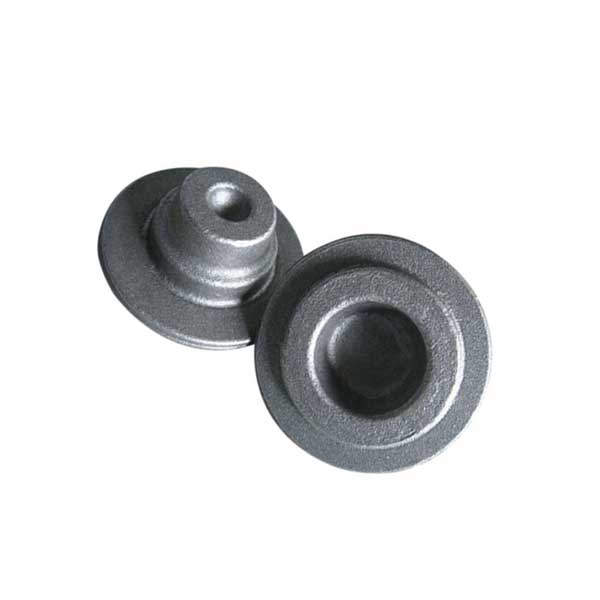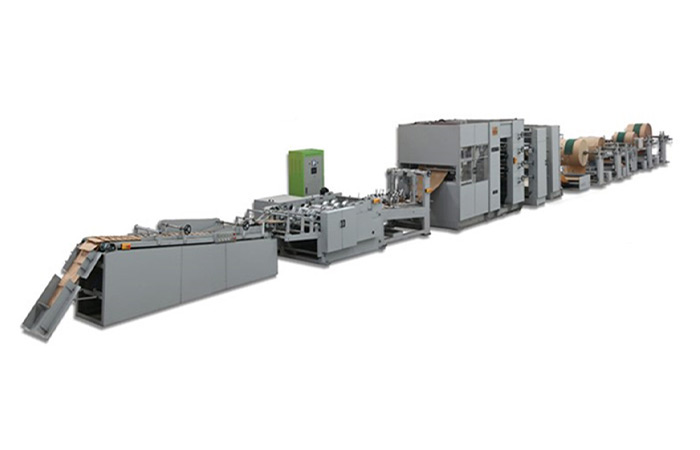https://www.ls-casting-mold.com/wp-content/uploads/2022/06/20181211140209_1420.jpg
450
700
lsmojv
http://www.ls-casting-mold.com/wp-content/uploads/2018/12/lslogo-300x138.png
lsmojv2023-04-13 09:13:262023-04-13 09:13:26What is the internal structure of the compound crusher?
https://www.ls-casting-mold.com/wp-content/uploads/2022/02/Concrete-mixer-truck(1)-e1645164067497.jpg
378
600
lsmojv
http://www.ls-casting-mold.com/wp-content/uploads/2018/12/lslogo-300x138.png
lsmojv2023-03-22 15:33:262023-03-22 15:33:26How much is a brand new concrete mixer truck?
https://www.ls-casting-mold.com/wp-content/uploads/2022/12/Self-loading-garbage-truck.jpg
450
600
lsmojv
http://www.ls-casting-mold.com/wp-content/uploads/2018/12/lslogo-300x138.png
lsmojv2023-03-22 15:17:532023-03-22 15:17:53What types of sanitation trucks are there?
https://www.ls-casting-mold.com/wp-content/uploads/2023/01/轴叉锻件.jpg
800
800
lsmojv
http://www.ls-casting-mold.com/wp-content/uploads/2018/12/lslogo-300x138.png
lsmojv2023-03-22 15:05:062023-03-22 15:05:45DETAILED EXPLANATION OF FORGING DESIGN STEPS
https://www.ls-casting-mold.com/wp-content/uploads/2022/05/PU20.02602.jpg
700
700
lsmojv
http://www.ls-casting-mold.com/wp-content/uploads/2018/12/lslogo-300x138.png
lsmojv2023-03-22 14:46:322023-03-22 14:46:32How to check turntable bearing
https://www.ls-casting-mold.com/wp-content/uploads/2022/06/IMG_6351.jpg
400
600
lsmojv
http://www.ls-casting-mold.com/wp-content/uploads/2018/12/lslogo-300x138.png
lsmojv2023-03-22 14:22:172023-03-22 14:22:17What characteristics should forestry machinery slewing bearings have?
https://www.ls-casting-mold.com/wp-content/uploads/2023/03/10寸修理包2-e1679463670191.jpg
451
600
lsmojv
http://www.ls-casting-mold.com/wp-content/uploads/2018/12/lslogo-300x138.png
lsmojv2023-03-22 13:41:222023-03-22 13:41:22What common spare parts are included in a tractor clutch repair kit?
https://www.ls-casting-mold.com/wp-content/uploads/2023/02/IMG_2522-e1676528073352.jpg
397
600
lsmojv
http://www.ls-casting-mold.com/wp-content/uploads/2018/12/lslogo-300x138.png
lsmojv2023-03-22 10:31:412023-03-22 10:31:41What are the characteristics of the 4-post shelving
https://www.ls-casting-mold.com/wp-content/uploads/2022/08/paper-tube-machine-2.jpg
376
495
lsmojv
http://www.ls-casting-mold.com/wp-content/uploads/2018/12/lslogo-300x138.png
lsmojv2023-03-22 10:13:262023-03-22 10:13:26What are the characteristics of the bag making machine
https://www.ls-casting-mold.com/wp-content/uploads/2022/03/calcium-hydroxide.jpg
450
600
lsmojv
http://www.ls-casting-mold.com/wp-content/uploads/2018/12/lslogo-300x138.png
lsmojv2023-03-22 09:55:512023-03-22 09:55:51CALCIUM HYDROXIDE MANUFACTURING PROCESS
Scroll to top











